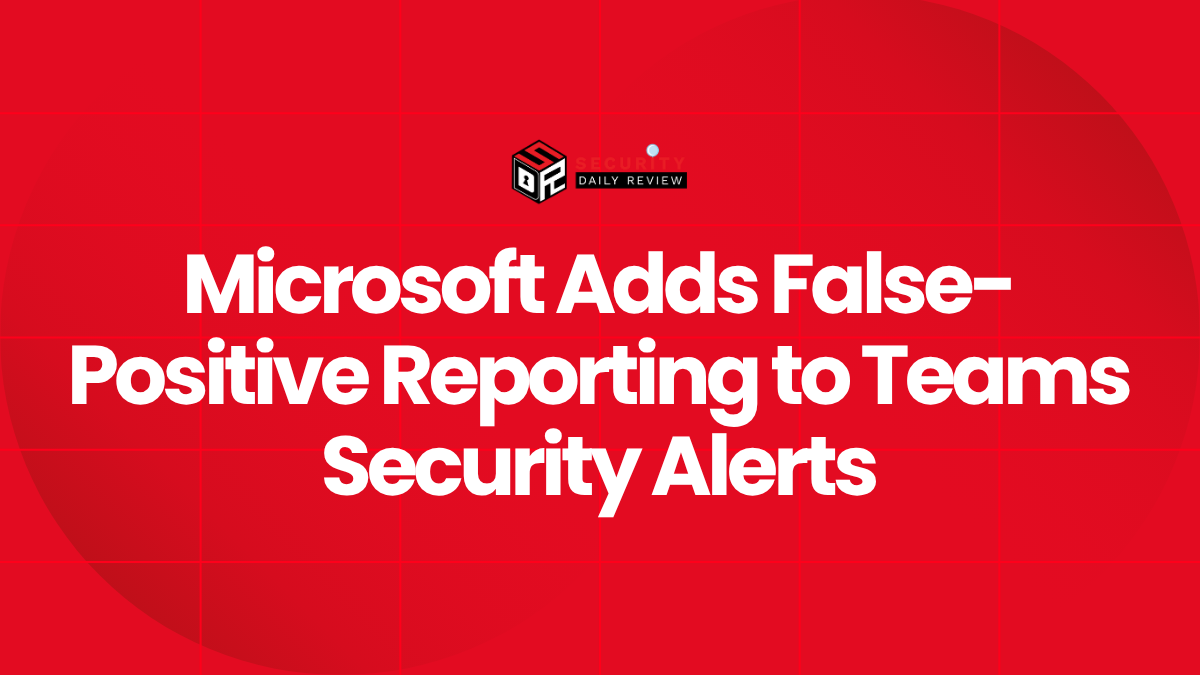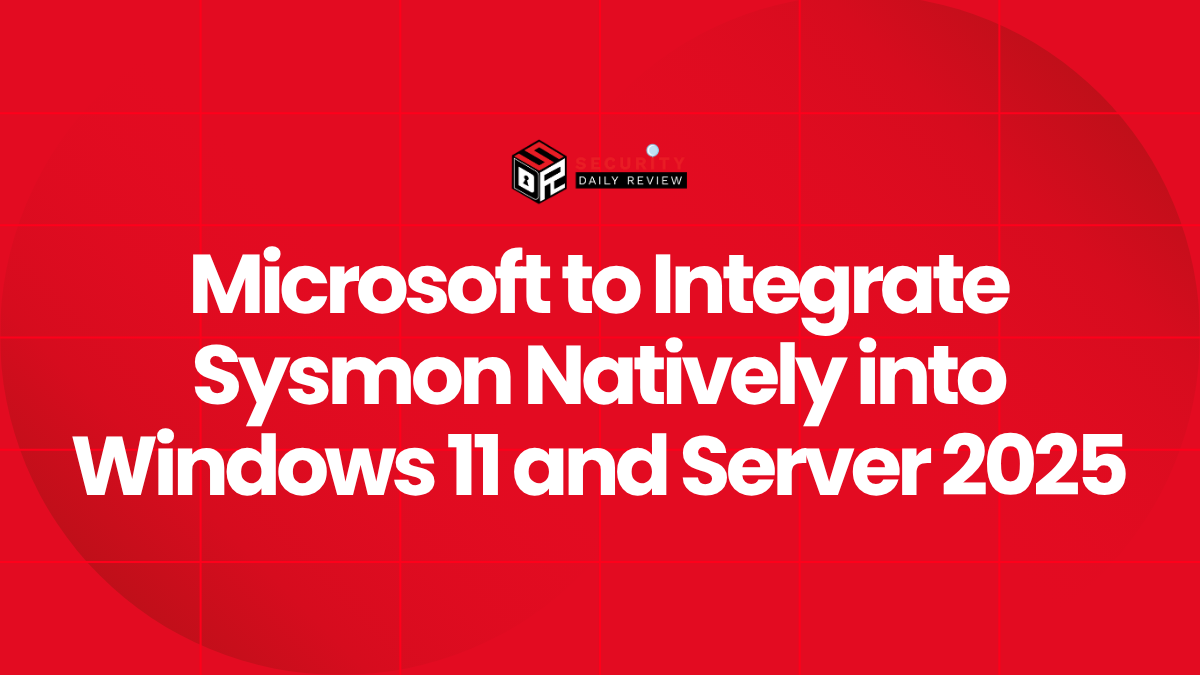The fusion of artificial intelligence (AI) with cybersecurity is no longer a projection—it is redefining how attackers operate and how defenders respond. AI hacking, once a speculative concern, has become a central reality in today’s cybersecurity landscape. From phishing threats enhanced by synthetic media to autonomous vulnerability discovery, artificial intelligence is both weapon and shield—reshaping the digital battlefield for adversaries, defenders, and policymakers alike.
AI is Now a Force Multiplier in Cybersecurity—For Better and Worse
Artificial intelligence doesn’t just amplify the efficiency of existing cyber tactics—it transforms their scale, speed, and sophistication. Hackers, security researchers, and enterprises are leveraging AI models like OpenAI’s ChatGPT and other large language models (LLMs) to automate tasks ranging from malware creation to intrusion detection.
Offense Gets Smarter: AI-Powered Attacks are Already in the Field
Recent cybersecurity incidents show that AI-driven attacks are not theoretical. AI is currently being used to:
- Generate convincing phishing messages using deepfake audio and video
- Automate reconnaissance and vulnerability scanning with generative models
- Write and refactor malicious code at scale
The accessibility of open-source models allows cybercriminals and state-sponsored attackers to customize tools for stealth and persistence. TechRadar Pro emphasized that attackers are exploiting AI to quietly infiltrate sensitive defense and critical infrastructure systems through supply chains—focusing not on flash but on chronic disruption. Such operations can delay manufacturing, derail strategic logistics, or exfiltrate sensitive data with minimal traces left behind.
The scale of this risk is borne out in the private sector as well. A report from the Associated Press detailed incidents of AI-generated robocalls impersonating political leaders, and impersonation scams involving synthetic identities used to breach corporate networks. In both government and commercial contexts, the use of AI deepfakes is accelerating national security and fraud risks alike.
AI Defense Systems Offer Hope, But with Caveats
Defensive applications of AI are evolving just as rapidly. From Microsoft’s AI malware detector to Trend Micro’s digital twin platform, cybersecurity vendors are integrating AI to preempt attacks, detect anomalies, and respond to breaches more autonomously. Google, for example, has employed AI in vulnerability detection, and CrowdStrike uses AI to help users determine if they’ve been compromised.
However, current AI defense tools retain critical limitations. Google’s own security leadership noted that AI hasn’t uncovered novel exploits that humans couldn’t find—and in some cases, it generates false positives. Open-source maintainers, like curl project leader Daniel Stenberg, have reported floods of irrelevant AI-generated vulnerability reports that strain limited resources.
The Industry is Divided But Urgent Action is Clear
Within the cybersecurity community, a debate is unfolding: are defenders ahead of the curve, or already falling behind? Axios reports that defenders still see time left to balance the scales—by diversifying AI tools, combining them with red-team simulations, and investing in synthetic media detection. But pessimists argue that cybercriminals have already industrialized AI hacking methods, putting defenders perpetually on the back foot.
Critically, both sides converge on one point—traditional defenses are no longer enough. High-impact infiltration campaigns no longer require zero-days or insider access when AI-enabled phishing and social engineering are so convincing and cost-effective.
Identity Management and Shadow AI Represent the Next Blindspots
Beyond the threat from external attackers, internal AI system overuse and poor governance are becoming major concerns. A recent report from TechRadar Pro highlights that the number of machine identities within organizations now outnumber human ones by 100:1. These include accounts belonging to shadow AI tools—those installed or operated outside official IT oversight. Too often, these identities lack robust credentials, encryption, or access principles.
This unchecked sprawl is fertile ground for breaches. Without clear visibility into which AI agents are accessing which resources, enforcing least-privilege access becomes nearly impossible. Experts underscore that identity security must now be identity-agnostic—covering humans and machines alike through:
- Continuous discovery of all identities
- Credential management suited for non-human agents
- Identity context embedded in every AI transaction
The Deepfake Dilemma: Synthetic Media is Destabilizing Truth
Perhaps the most visible impact of AI hacking is the erosion of trust itself. AI-generated media—once expensive or detectable—now enables real-time impersonations of heads of state, CEOs, and even private citizens. U.S. political campaigns and private corporations have already been affected, with cybercriminals extracting data, influencing elections, and committing fraud through faked videos and audio.
Detection and mitigation frameworks are emerging. Companies like Pindrop Security are training AI to recognize commonalities in voice characteristics to flag cloned speech. Regulatory and literacy efforts are also urgent, aimed at helping citizens recognize disinformation before it moves markets or incites conflict.
Strategic Takeaways: How Organizations Should Prepare for AI-Driven Cyber Warfare
As AI becomes further embedded in cyber ecosystems, organizations must adapt with urgency and precision. Overreliance on AI tools without checks introduces new attack surfaces, even as these tools help patch others. Best practices emerging from the field include:
- AI-Augmented Defense Layers : AI systems should not replace human analysts; they should enhance detection through pattern recognition and real-time decision support.
- Identity and Access Governance : Both human and non-human identities must be inventoried, authenticated, and governed under scalable policies.
- Simulated Breach Exercises : Regularly test AI defenses through red team challenges and adversarial AI testing to expose blind spots.
- Synthetic Media Defense : Invest in deepfake detection and explore digital content watermarking to validate authenticity.
- Cross-Domain Collaboration : Defending against AI hacking requires coordination across public, private, and academic sectors to anticipate new attack modalities.
In the end, the era of AI hacking is a paradox—one where the same innovations that threaten global stability also offer potential salvation. Whether AI becomes our strongest security ally or our most dangerous adversary depends on how rapidly—and responsibly—we learn to control it.









